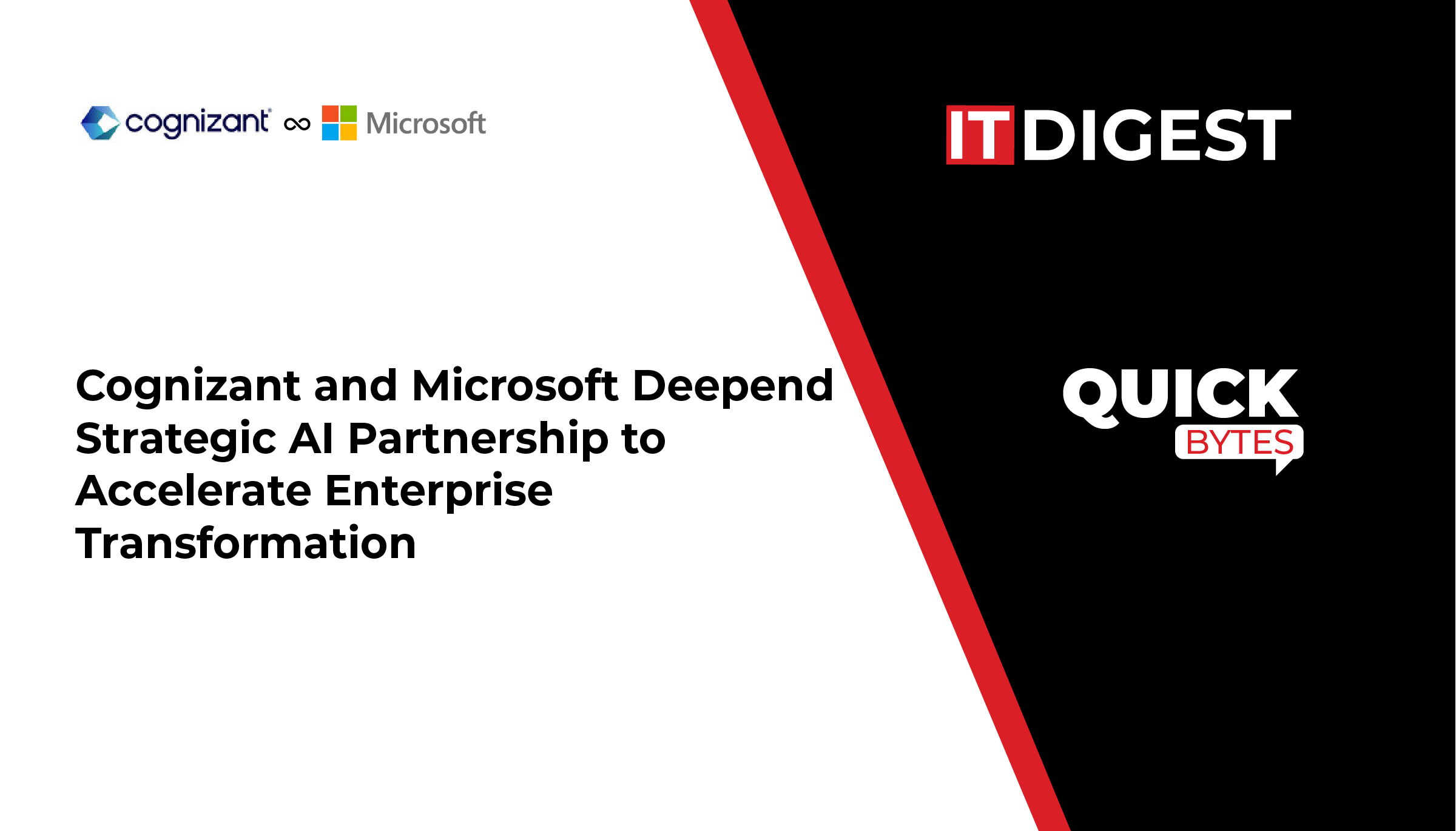Honeycomb, a leading observability platform that enables engineering teams to find and solve problems they couldn’t before, announced it is launching Honeycomb for Kubernetes. This new capability enables platform engineers running Kubernetes and the developers building on it to correlate granular application issues in production code with their infrastructure layer. Honeycomb for Kubernetes is available now to all Honeycomb users.
According to CNCF’s 2022 Annual Survey, 64 percent of end users (engineers) have implemented Kubernetes in production today, and 25 percent are currently evaluating the solution. Kubernetes is furthering its momentum as the preferred environment for managing containerized applications, as it’s easier to get feature changes provisioned and enables developers to build and release faster. However, while infrastructure dashboards within application performance monitoring (APM) suites are effective for platform engineers monitoring Kubernetes, they lack detailed application context relevant to developers diagnosing and resolving software issues. This correlation gap between Kubernetes application and infrastructure layers leads to increased operational backlog, strained resources, and decreased productivity.
“It’s becoming clear that today’s monitoring tools frequently underserve developers, and worse, they create unnecessary tension between devs and platform engineers,” said Charity Majors, Co-founder and CTO of Honeycomb. “This blind spot serves as yet another glaring signal that observability platforms are better equipped than APM tools to provide comprehensive, granular context into how code behavior impacts application performance.”
Honeycomb’s new Kubernetes-aware observability features fill the visibility gaps in these complex systems, helping teams rule out application vs. infrastructure issues and address the potential bottlenecks between platform engineers and application developers. This equips teams with the confidence to release more often, keep migrations seamless, foster developer self-sufficiency, and elevate overall productivity.
For the team at Birdie Care, Sr. DevOps Engineer Harry Morgan says that Honeycomb’s “out-of-the-box templates for metric analysis and correlation really help put together a more holistic picture of our environments, simplifying our workflow and eliminating the need to compare across observability platforms. At Birdie, it’s important we can ask critical questions of our whole system, and with the improvements to their Kubernetes offering, Honeycomb is delivering a great addition to our toolkit in doing this.”
Designed to enable seamless insight into applications in relation to the infrastructure they run on, Honeycomb for Kubernetes allows developers to correlate application requests with specific Kubernetes pods, nodes, or cluster configurations. It makes it easy to integrate data from Kubernetes using new instrumentation options for Kubernetes events, metrics, and trace attributes. These include OpenTelemetry as well as a low-code, language-agnostic agent for comprehensive coverage. In the Honeycomb UI, new correlation features make it easy to tie this Kubernetes context to any incident’s events and reveal patterns. Honeycomb’s approach to observability offers numerous advantages:
Observability Efficiency: As teams adopt the complexity inherent in Kubernetes, Honeycomb helps observe their systems efficiently. Designed to scale painlessly with exponential telemetry from pods to nodes, Honeycomb includes unlimited custom attribute tags per event at no extra cost. This solves the budget/readiness tradeoff forced by per-host/metric billing.
SOURCE: PRNewswire

































